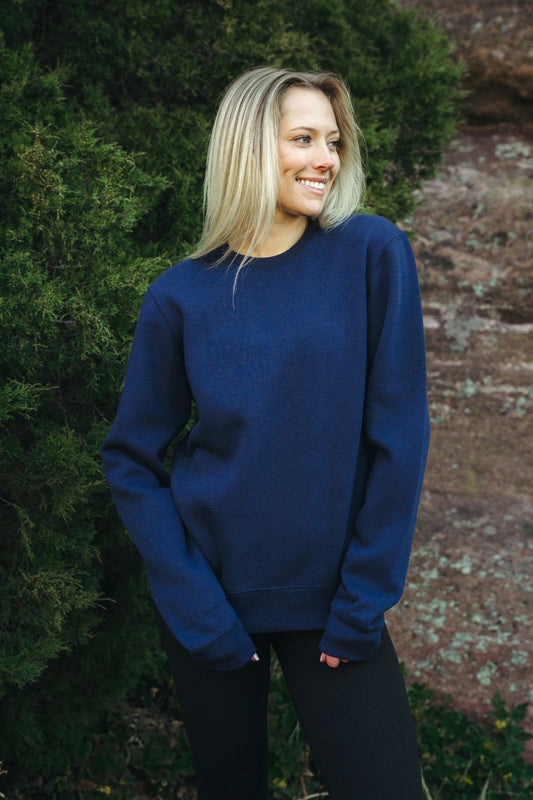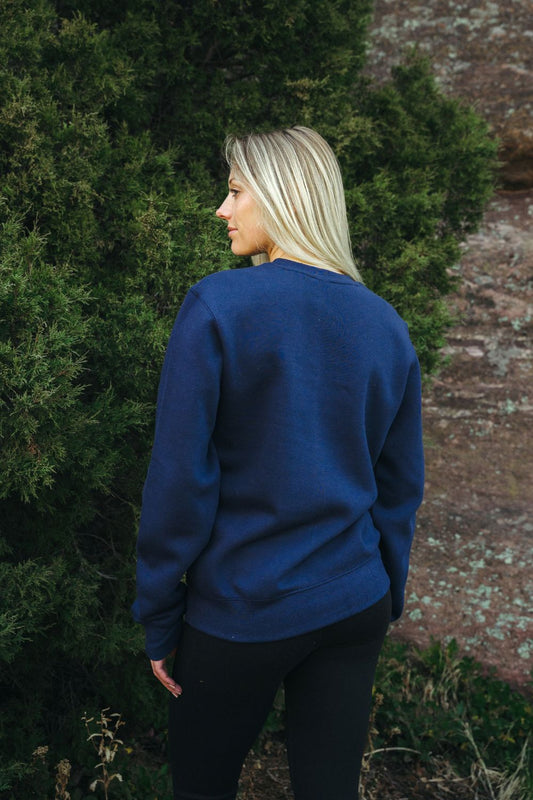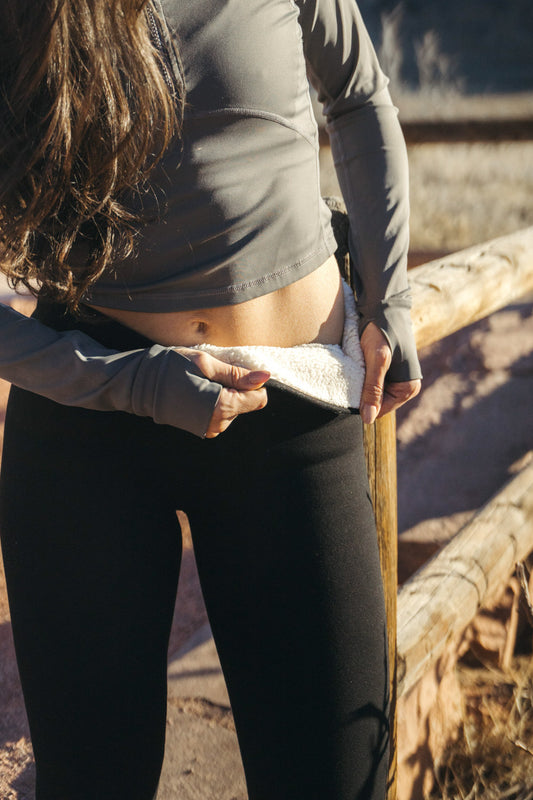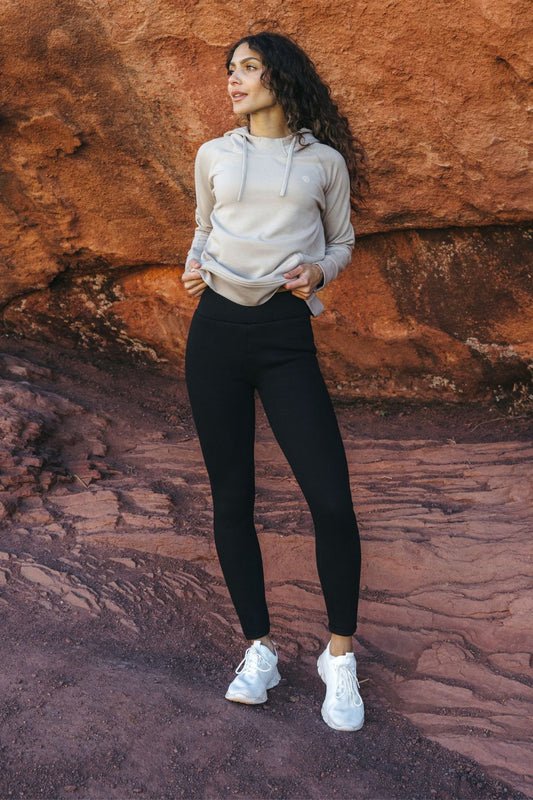Layer Like A Pro: From City To Mountains
Outfits are extension of your body, moving with you instead of holding you back
Fall transition is ever present when it's the tenth time removing your jacket. When your mornings begin with a windy city chill and your afternoons end above the treeline, layering is your best friend. Choosing the right layers aid in regulation of temperature, comfortable level, and that effortlessly (from the outside) put together outfit no matter how much the weather or your plans change.
Now to the Base(ics)
As the closest layer to your skin the base layer needs to do a few important things; being soft and comfortable, retaining heat, and elasticity. For balance between city and mountains normal clothes are appropriate. Especially when it's time to remove your outer layer. A simple tee or sweater and leggings. While if in the mountains a dedicated base layer may look like top and bottom thermals.
Arguably the best part, the mid layer
Mid layers usually will be what you see on most occasions, bringing the outfit together. Think fleece sweaters, hoodies, long sleeves, midweight fleece leggings, trousers, or jeans. The real creativity begins here!
Typically in the city and some casual dips into the mountains you would spring for a top outerlayer and a bottom mid layer. In any low temp situations spring for a bottom outer layer.
When in doubt throw on the outer layer
The outer layer is all about protection for wind, light rain, or snow. In many cases a simple shell or puffer that blocks the wind and keeps you dry is perfect. The trick is making sure it fits comfortably over your other layers without feeling tight.
So how many layers do you really need?
The real question, and the answer is the mix and match and also is a personal one. On a typically cold day, say, 40 degrees with partly sunny and light wind conditions a normal base layer and mid layer is all you need. An outer layer jacket that's easy to put on and remove is common to regulate your temps in the comfort zone.
A good rule of thumb is a light base layer and mid layer top and bottom, with a heavier outer layer top. Why? Most thermal regulation needs to occur on your upper body with the legs being more stable. If the temps dip it is easy to throw on the outer layer, if you walk inside, it's easy to remove and hang. Not so for the base and mid layers so underdress for the base and mid, and overdress for the outer.
The mountains where temps can swing wildly it is always good to be prepared so wearing an outer layer top and bottom is advised.
Our Conclusion:
Don't overthink your layering. True layering is about knowing how build your outfit to move with you comfortably as the day changes. Start light, add a touch of warmth, and top off with protection.












